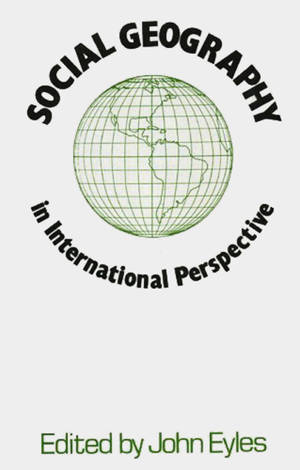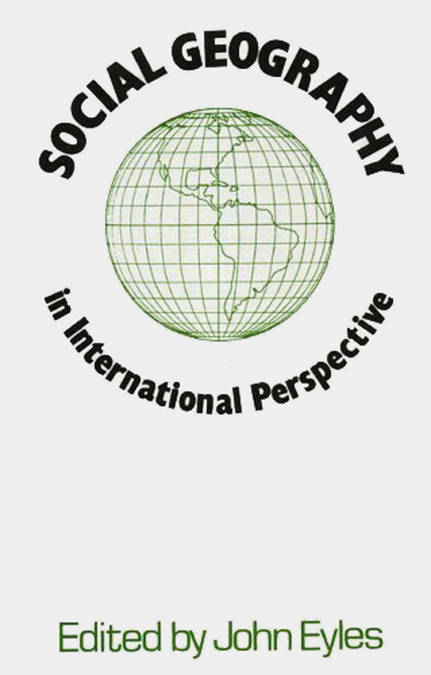
- Retrait gratuit dans votre magasin Club
- 7.000.000 titres dans notre catalogue
- Payer en toute sécurité
- Toujours un magasin près de chez vous
- Retrait gratuit dans votre magasin Club
- 7.000.0000 titres dans notre catalogue
- Payer en toute sécurité
- Toujours un magasin près de chez vous
Description
Social geography has been one of the great growth areas in geography in recent decades. It has brought within geographical analysis a wide range of new subject matter that has proved extremely invigorating for the discipline, such as ethnic segregation, crime and environment, differences in residential housing and public service provision, and inner city problems. At the same time the growth of social geography has heightened geographers' awareness of social questions and given rise to the so-called "welfare approach" whereby geographers express their social conscience and call for greater social justice in the spatial distribution of social services.
The social geography movement however has not been evenly spread throughout different parts of the world vary in the emphasis they give to topics. This book surveys the current international situation of the social geography school. It discusses the contemporary trends, the leading figures, issues of concern, and differences of approach that are now to be found in social geography around the world.
Spécifications
Parties prenantes
- Auteur(s) :
- Editeur:
Contenu
- Langue:
- Anglais
Caractéristiques
- EAN:
- 9781301766239
- Date de parution :
- 12-05-13
- Format:
- Ebook
- Protection digitale:
- /
- Format numérique:
- ePub

Les avis
Nous publions uniquement les avis qui respectent les conditions requises. Consultez nos conditions pour les avis.






